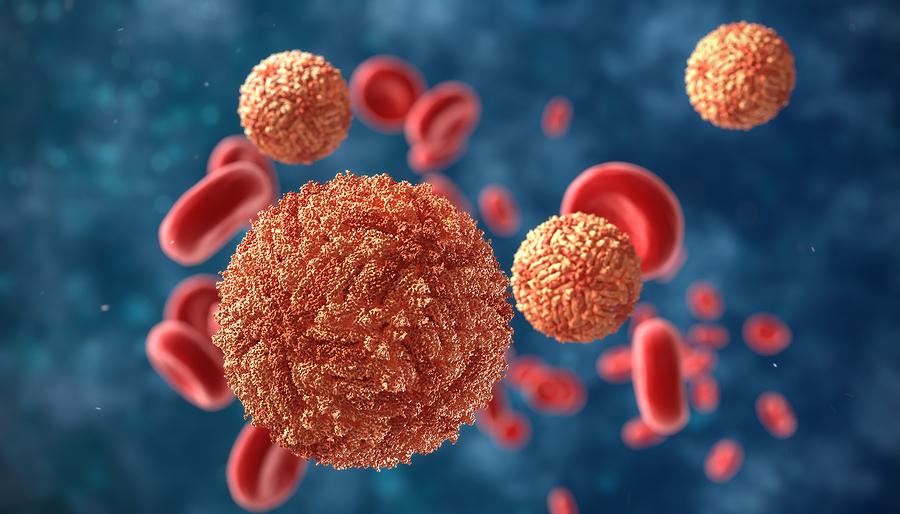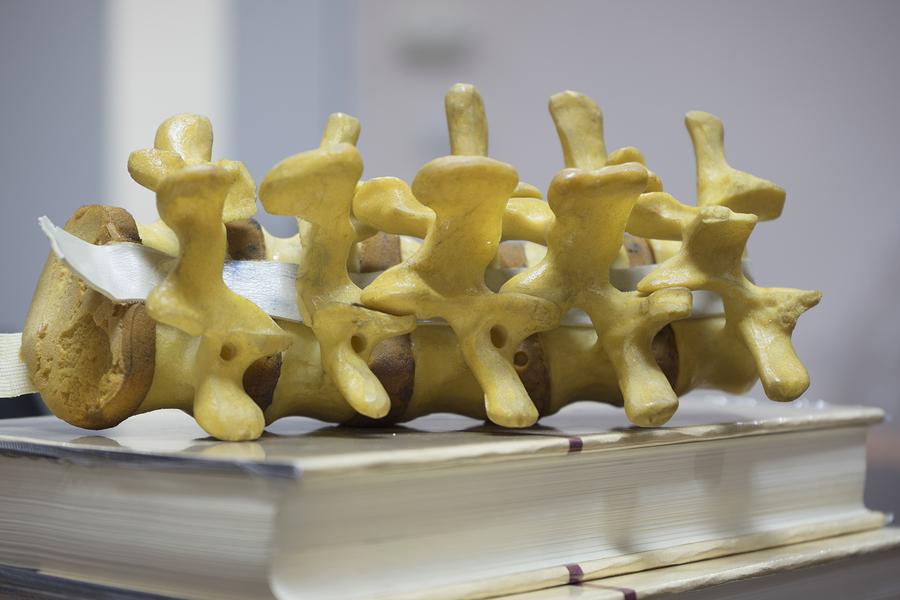The human skeleton is an incredible structure and it surely goes without saying that it has many essential roles to play in the body! The skeletal system is made up of bones, joints and cartilage – all of which work together with other components of the body. Today we are going to look at some key information regarding the skeleton, and how it works in relation to other parts of the body.
Skeleton Structure
There are 206 bones in the human body that make up the skeleton. These bones can be divided up into two separate categories. Those are the axial skeleton and the the appendicular skeleton.
The Axial Skeleton
The skull, the ribs, the sternum, and the spine make up the axial skeleton.
The Appendicular Skeleton
The upper and lower limbs, the hip girdles, and the pectoral girdles make up the appendicular skeleton.
Functions of the Skeleton
The entire skeleton has five main functions.
1) Movement
Within the construct of the skeleton there are a series of movable long bones that act as levers of the body. These bones are attached to muscles via tendons, and when these muscles contract it causes the bones to move.
2) Storage
Mineral salts that are essential for bone growth, such as magnesium phosphate and calcium, are stored within the bones. Without the presence of these minerals the bones would become weaker and prone to injury.
3) Protection
The internal structures and organs are afforded considerable protection by the skeleton.
4) Shape
The skeleton is responsible for the characteristic shape of the human body. Although the shape of skeletons in general is largely the same, there are three different body types:
- Ectomorph – Narrow shoulders, narrow hips, narrow chest – typically tall and thin
- Endomorph – Wide hips and narrow shoulders – typically has a rounded appearance
- Mesomorph – Wide shoulders and narrow hips – typically has a muscular physique
5) Production
Bones contain bone marrow, which is constantly producing both red and white blood cells.
Red blood cells contain a substance known as haemoglobin, which allows for the exchange of oxygen and carbon dioxide. White blood cells work to protect the body against infection and disease.
The Spine
The spine, also known as the vertebral column, is one of the most important parts of the body when it comes to considering what is key to optimum function. The head sits upon the top of the spine, and the ribs surround it, providing valuable protection to the organs in the upper body.
The shoulder girdles are connected to the spine, which are in turn connected to the arms. The pelvis is also connected to the spine, which is then connected to the lower limbs.
The vertebral column is comprised of individual bones, known as vertebrae. There are 33 different vertebrae in total, and the column itself is divided into five different sections.
At the top of the spine is the cervical vertebrae. This is made up of seven bones. The very first of these bones provides support to the head and is called the atlas bone. This area is the most mobile part of the spine.
Beneath the cervical vertebrae is the thoracic vertebrae. This is made up of 12 bones. The thoracic vertebrae is where the ribcage connects to the spine. This part of the spine is slightly less mobile than the cervical vertebrae.
Beneath the thoracic vertebrae is the lumbar vertebrae. This is made up of five bones. These vertebrae are the largest of all and this is also the most movable part of the spine. Because of this, this is the part of the spine that is most prone to pain and discomfort. This part of the spine has a very limited range of movement.
Beneath the lumbar vertebrae is the sacral vertebrae. This is made up of five bones. The bones of the sacral vertebrae are fused together in order to form the sacrum. This is where the two halves of the pelvis are joined together. No movement is possible in this part of the spine.
Beneath the sacrum is the coccyx, which is usually three to five bones fused together. Similarly to the sacral vertebrae, no movement is possible in this part of the spine.
A regular spine has four natural curves, named after the area in which they occur. These are the cervical curve, the thoracic curve, the lumbar curve and the sacral curve. These curves ensure that the skull is positioned correctly, and that they body is able to maintain an upright position. The curves are additionally important because they help to reduce the impact that the skeleton experiences from movement.
Each of the bones of the spine has a hole through which the spinal cord passes. The spinal cord requires the protection and support of the spine. Damage to this cord can be quite serious and impact other areas of the body.
Maintaining Healthy Bones
Keeping your bones strong is pivotal to maintaining the health of your skeleton – click here for top tips on how to do this!
When it comes to maintaining the health of your bones, you must adopt several different approaches in combination. There is no one thing that is guaranteed to keep your bones healthy! You should make an effort to pay attention to your diet, as well as engaging in an ample amount of exercise. In addition to both of these things, other lifestyle factors will also play an important role, such as how sedantary you are due to your job.
If you do have to spend a large amount of time sitting still during the day, then finding ways to get more active during this time can help to protect your overall health. Stand up between taks, stretch at your desk, get especially active on your lunch break – be creative with the ways in which you encourage yourself to move more during each day and you will notice the wellbeing of your mind and body enhance over time!
It is of course inevitable that the health of your bones is going to slowly deteriorate as you age. Although it is unavoidable to a certain degree, there is still much to be gained from consciously working against the ageing process. Take care of your body now, and it will take care of you much longer into the future!
References
Related Posts
Cigarettes May Inhibit Inflammation Treatments
Axial spondyloarthritis, also known as AxSpa, is a chronic…








